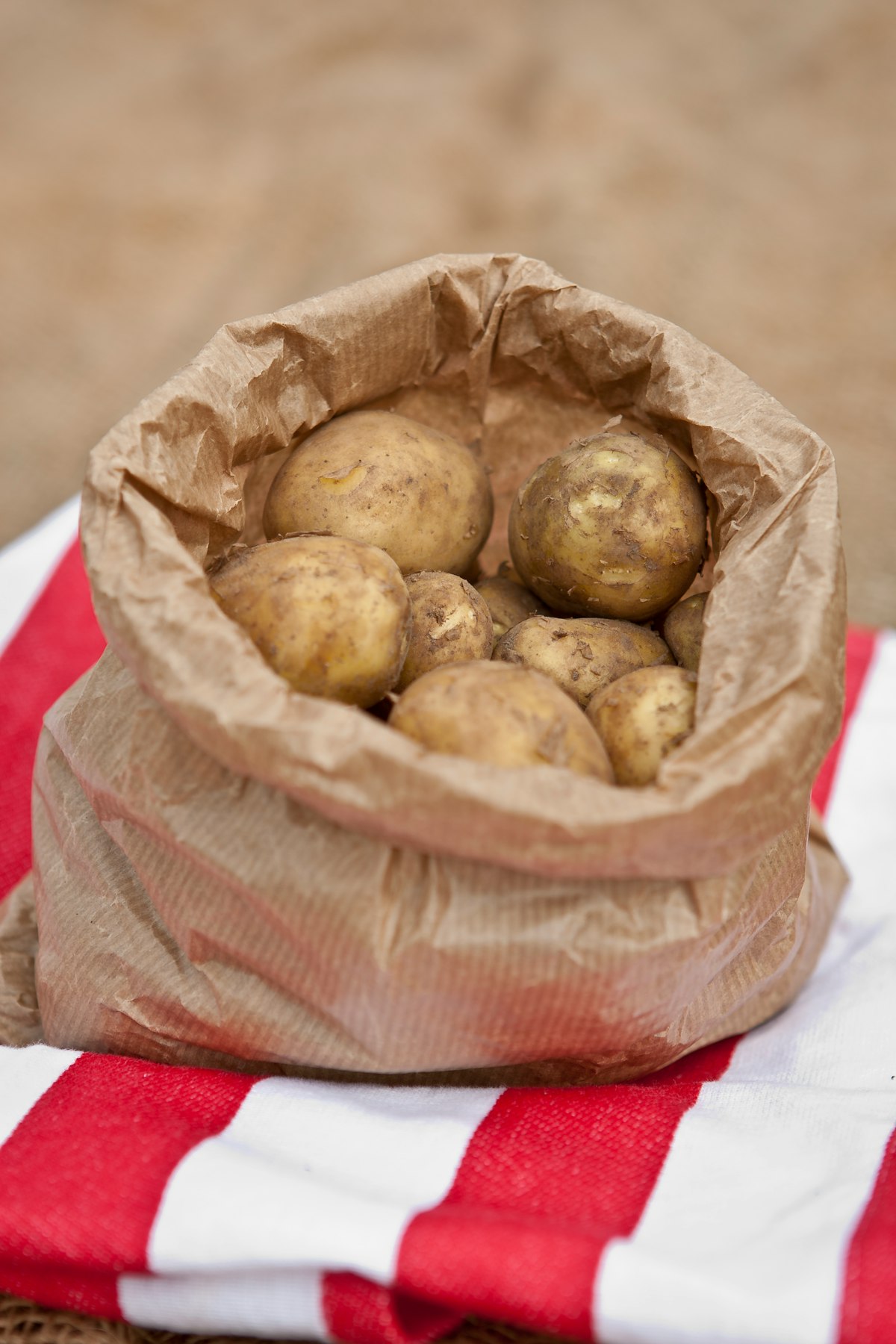What happened to the potato?
Sometimes we come across strange green sprouts that have emerged from the skin on the potato. What does this mean?

Potatoes are one of the foods that keep for the longest time in good conditions at room temperature. For the same reason, it is common that, once we have acquired them in the supermarket, many days go by before we decide to consume them, and sometimes we find strange green sprouts that have emerged from their peel.
Fernando Ayala Zavala, professor of the Coordination of Food Technology of Plant Origin at the Center for Research in Food and Development, explained that the sprouts and the green color that emerge on potatoes are the beginning of the growth of a new plant, so their appearance indicates the beginning of reproduction. Normally these sprouts contain chlorophyll that gives the green color and solanines that are alkaloids that can be toxic if consumed in excess.
The researcher from the Emerging Technologies Laboratory added that solanines, like many other substances, can be toxic if consumed in large concentrations. According to different studies that have been carried out, for these substances to cause intoxication in a person, the concentrations would have to be 2 to 5 mg per kilogram of weight of the individual who consumes them.
In the quality control of potatoes, it is established that there should not be the presence of sprouts and the maximum limit of solanine allowed for its commercialization is 20 mg per 100 g of tubers, which makes it unlikely that a person could be severely intoxicated by consuming freshly purchased potatoes.
A factor in favor of avoiding excessive intake of solanine is that this substance has a bitter and astringent taste that is not very pleasant, in addition to being accompanied by the green color of the sprouts, which causes the diner to reject its consumption through the sense of taste. However, if a person has eaten potatoes with green sprouts or colorations, he/she could feel intoxication effects such as gastrointestinal inflammation, nausea, diarrhea, vomiting, headache, and throat irritation.
There is evidence that cooking potatoes do not significantly reduce the presence of solanine, so the best option, if you do not want to discard the whole potato, is to carefully remove the green parts and sprouts before consumption to reduce the risk of poisoning. A recommendation to avoid the appearance of sprouts in potatoes is to take care of its storage, since this happens, normally, by keeping them in hot and luminous places, the reason why it is advisable to deposit them in dark and fresh places to inhibit the sprouting.
Other tubers also sprout, such as sweet potatoes, but they contain less solanine than potatoes. Solanines can be found in other vegetables, mainly those of the Solanaceae family, which includes tomatoes, chili peppers, and eggplants; however, their alkaloid content and risk of intoxication are lower compared to the consumption of sprouting potatoes.
Finally, studies are currently underway to learn more about the properties of solanine, as evidence of some advantages has been reported, such as delaying the growth of cancer cells and microbes harmful to humans, which in the future may favor important technological developments.
By Jesús Fernando Ayala Zavala, research professor of the Coordination of Plant-Based Food Technology at CIAD.




